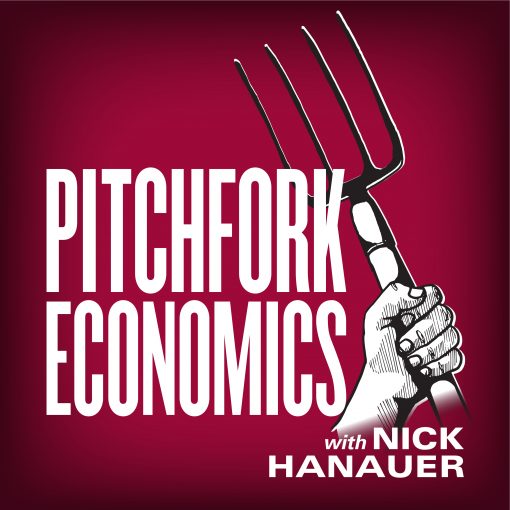It’s not just economic inequality, the gap between rich and poor people, that’s growing wider in America. Spatial inequality, the gap between rich and poor places, is growing too. The most obvious example of spatial inequality is the decline of rural areas and the rise of cities. Can rural America be saved? And is urban America obligated to do the saving? Journalist Eduardo Porter and author Sarah Smarsh weigh in.
Eduardo Porter is an economics reporter for the business section of The New York Times, where he was the Economic Scene columnist from 2012 to 2018. He is the author of ‘The Price of Everything’ and is working on an upcoming book called ‘American Poison’.
Twitter: @portereduardo
Sarah Smarsh is the author of ‘Heartland: A Memoir of Working Hard and Being Broke in the Richest Country on Earth’, which became an instant New York Times bestseller and was a finalist for the 2018 National Book Award. She has covered socioeconomic class, politics, and public policy for The Guardian, The New York Times, and many other publications.
Twitter: @Sarah_Smarsh
The Hard Truths of Trying to ‘Save’ the Rural Economy: https://www.nytimes.com/interactive/2018/12/14/opinion/rural-america-trump-decline.html
Country pride: What I learned growing up in rural America: https://www.theguardian.com/us-news/2018/sep/06/country-pride-kansas-rural-america-sarah-smarsh
America’s Worsening Geographic Inequality: https://www.citylab.com/equity/2018/10/americas-worsening-geographic-inequality/573061/
The Contribution of National Income Inequality to Regional Economic Divergence: https://academic.oup.com/sf/advance-article-abstract/doi/10.1093/sf/soz013/5418441
The Economic Innovation Group’s 2018 Distressed Communities Index: https://eig.org/dci




